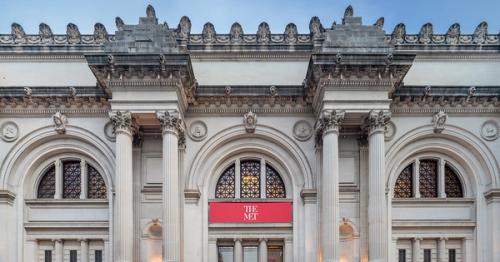In 1996 mosaics were accidentally uncovered during highway construction in the modern Israeli town of Lod, not far from Tel Aviv (see map). Lod is ancient Lydda, which was destroyed by the Romans in a.d. 66 during the Jewish War. Refounded by Hadrian as Diospolis, Lydda was awarded the rank of a Roman colony under Septimius Severus in a.d. 200.



















